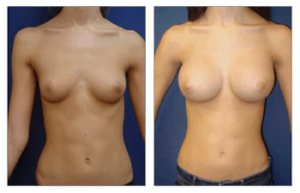
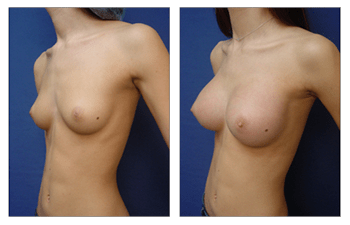
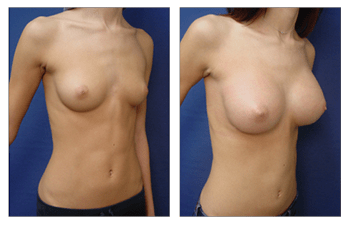
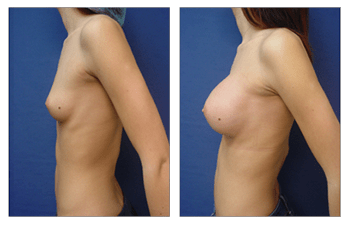
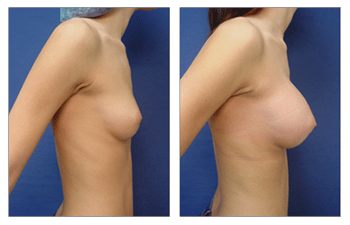
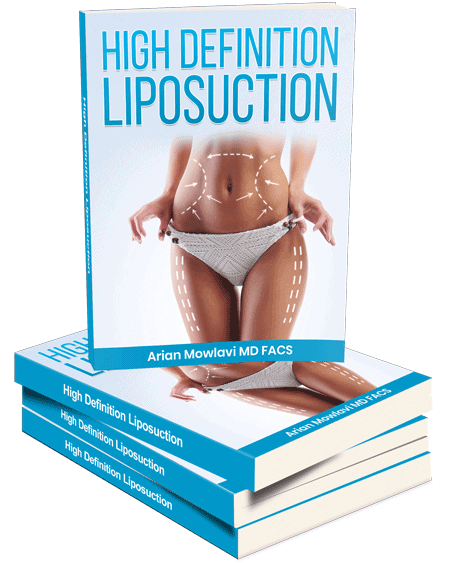
Download Our Surgical Team’s free Liposuction eBook
Breast augmentation recovery can be divided into two phases. The first breast augmentation recovery phase, also called the acute phase involves the first week following surgery.
The second breast augmentation recovery phase, also called the delayed phase, involves the second week to the first month following surgery.
The first, acute phase recovery involves recovering from general anesthesia and achieving pain control. The effects of general anesthesia have been well documented and in general require 24 hours for the grogginess of the inhaled anesthetic, such as Sevoflurane, to wear out.
The use of an IV anesthetic such as Propofol can allow your breast surgeon to minimize the volume of inhaled anesthetic delivered, in an attempt to minimize grogginess. The next phase of breast augmentation recovery involves the management of breast pain.
Pain Management in Breast Augmentation Recovery
Pain is induced by dissection of the proposed breast implant pocket. In order to create this pocket, undermining under the pectoralis is performed which will naturally stretch and/or irritate sensory nerves.
Interestingly, the sensory nerves in the breast are smaller than what can be visualized with the naked eye and thus sensory nerve injury is unavoidable.
Another causative agent of pain is the exposure of sensory nerves by blood pro-inflammatory products. As such oozing of unnecessary blood is avoided using direct visualization of the breast implant pocket being dissected using a mammary retractor.
A mammary retractor is an “L” shaped, narrow metal retractor that not only helps lift the tissues out of the breast surgeon’s sight but also helps deliver light directly into the surgical field.
Finally, injection of an extended-release numbing medication called Apparel around the proximal sensory nerve trunks called regional anesthesia block, which allows for up to 4 days of near-complete pain relief!
This medication is strategically injected to provide regional blocks referred to as an intercostal block as well as a pec minor major fascial block.
Universally, the first phase of breast augmentation recovery is completed by the end of the first week with patients off of their pain pills and performing routine daily activities.
The second phase of breast augmentation recovery extends from the second week to the first month following surgery. The second phase of breast augmentation recovery intends to return you to maximum full physical activity yet avoid implant malposition.
In fact, the single factor limiting your return to full physical activity is stabilizing your implant position. Since the implant is positioned underneath the pectoralis muscle, it is located in a loose plane that is prone to implant movement.
It takes approximately 4 weeks for scar tissue, called the breast capsule, to form around the implant. Once the capsule has formed, the breast implant position is stabilized, and the risk of implant malposition is significantly reduced. As such, patients are allowed to return to lower body physical activity as early as two weeks following surgery.
By one month following surgery, upper body activities are allowed thus graduating patients to full physical activity. In summary, breast augmentation recovery is completed at one month following surgery.
Please admire this 22-year-old female 2 months following bilateral breast augmentation with different-sized silicone gel implants to correct breast asymmetry with a seamless recovery.


